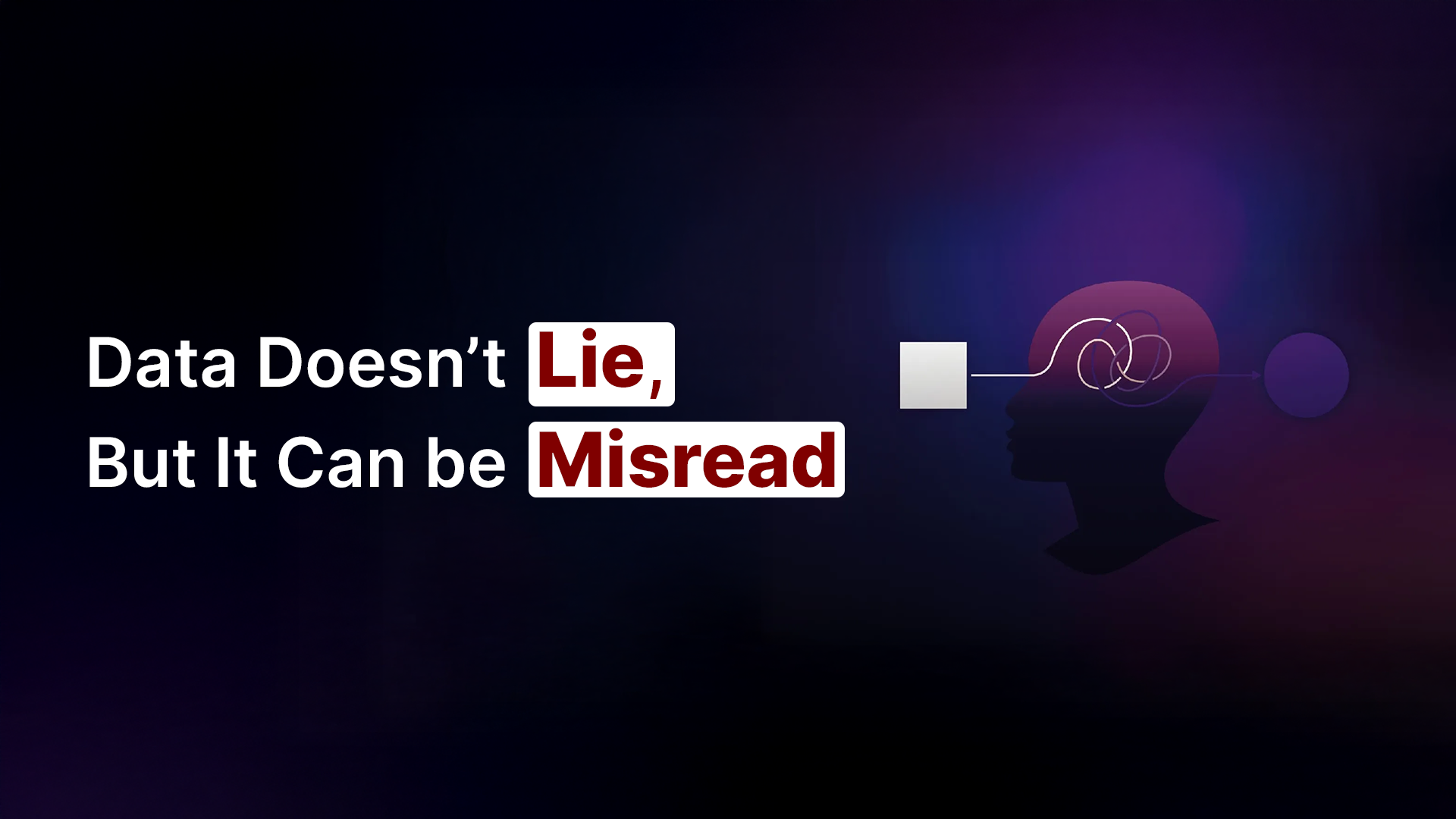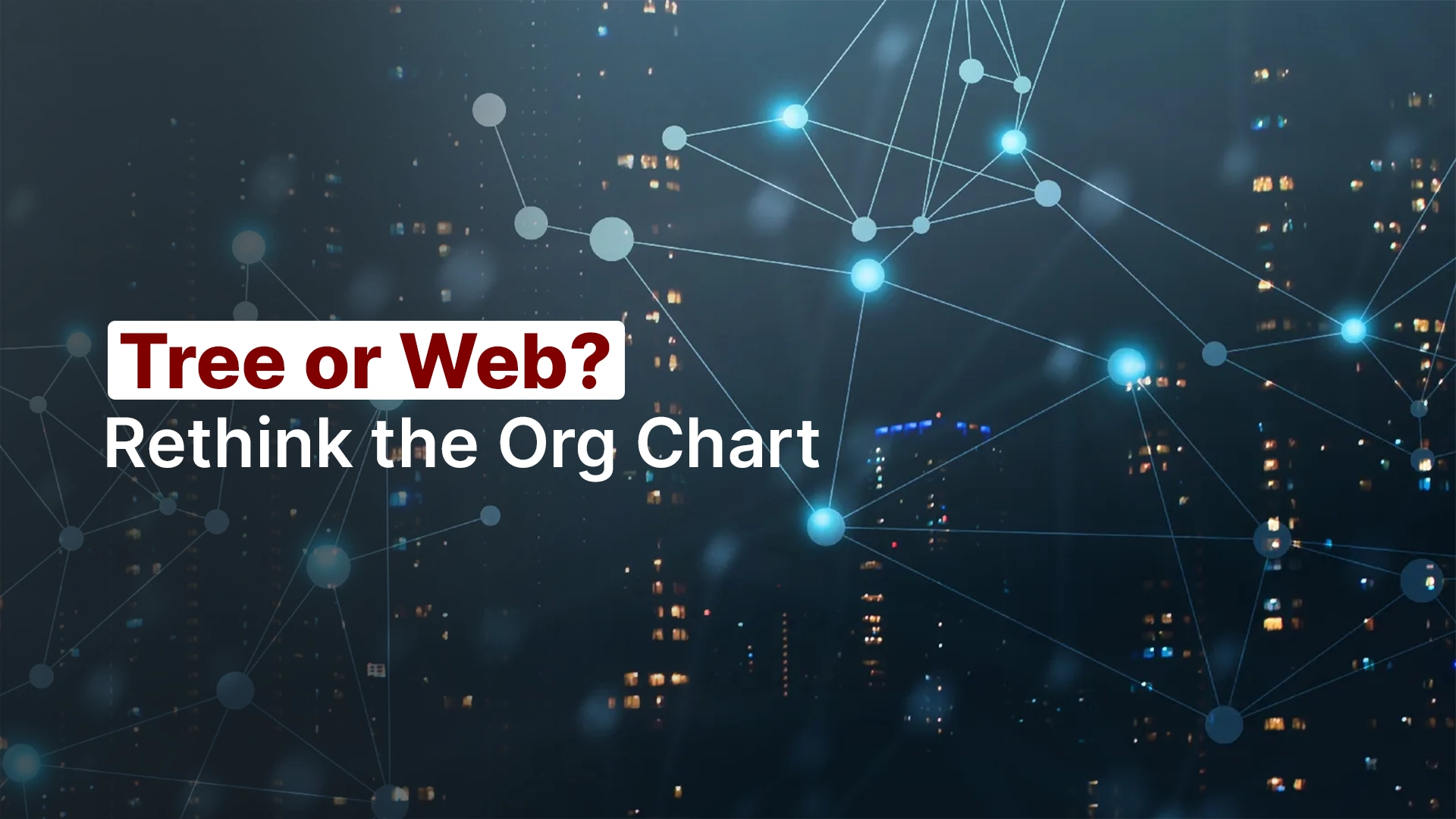Immigrant Solutions to Complex Problem Spaces
- Read Time: 2 Min

In business, the primary motive has always been to solve problems and commercialize on the opportunity. The problem-solving journey starts from mere ideas or concepts, meanders through conversations and computations, and culminates in tangible commercial outcomes. But like any journey, the path from content to commercialization isn’t a straightforward one. The roadblocks? Unaddressed complexity and unacknowledged intricacies.
A groundbreaking idea, at its inception, is complex. It challenges the status quo, defies the norm, and introduces a new paradigm. As this idea navigates through the organizational maze, it can be oversimplified, leading to solutions that are aesthetically pleasing but functionally inadequate, or it becomes overly complicated, clouding clarity and instilling fear. The real challenge, therefore, isn’t about simplifying complexity; it’s about understanding it, accepting it, and then methodically transforming it into a viable solution.
Consider this: when a solution perfectly fits within a problem’s domain, it almost becomes redundant. After all, solutions are meant to challenge, to disrupt, and to introduce a fresh perspective. Drawing an analogy, solutions should be visualized as immigrants. They arrive in the foreign territory of a problem, equipped with new insights, perspectives, and methodologies. Just as immigrants enrich a nation with their diverse backgrounds and unique skills, these ‘solution immigrants’ enrich the problem domain. For this integration to be successful, however, organizations need to have a receptive ecosystem, one that fosters innovation, encourages disruptive thinking, and nurtures these immigrant solutions.

Yet, many organizations falter in this journey. The unchecked complexity within their walls acts as a barrier, hindering the smooth transition of value from content to commercialization. Such organizations are ill-equipped to handle uncertainty. Instead of adapting, innovating, and evolving, they resemble a deer caught in the headlights – paralyzed and overwhelmed. This inertia, in many cases, leads to disruption and obsolescence.
There is a glaring need for a paradigm shift in problem-solving. A trajectory is needed to change from merely data generation to fostering meaningful dialogues, and from these dialogues to make informed decisions. At its core, this approach aims to bridge the chasm between data and decisions. By catalyzing the conversion of raw data into actionable insights through dialogues, organizations can make decisions that are not just informed but also transformative.
The journey of problem-solving in organizations is a complex, multifaceted one. It demands a shift from conventional methodologies to embracing the ‘immigrant solutions’, a willingness to engage with complexity rather than shy away from it, and an ecosystem that champions innovation over complacency. As the business landscape becomes increasingly dynamic, organizations that master this art of transformation will not only survive but also thrive. Often the fear of failure and the avoidance of risk can deter many great ideas from moving forward in large companies. When the times are tough, people become more fearful and avoid risk more, making disruption all the more likely. The pressing need for organizations is to facilitate this transformation from navigating unaddressed complexities to the zenith of clarity and success.



